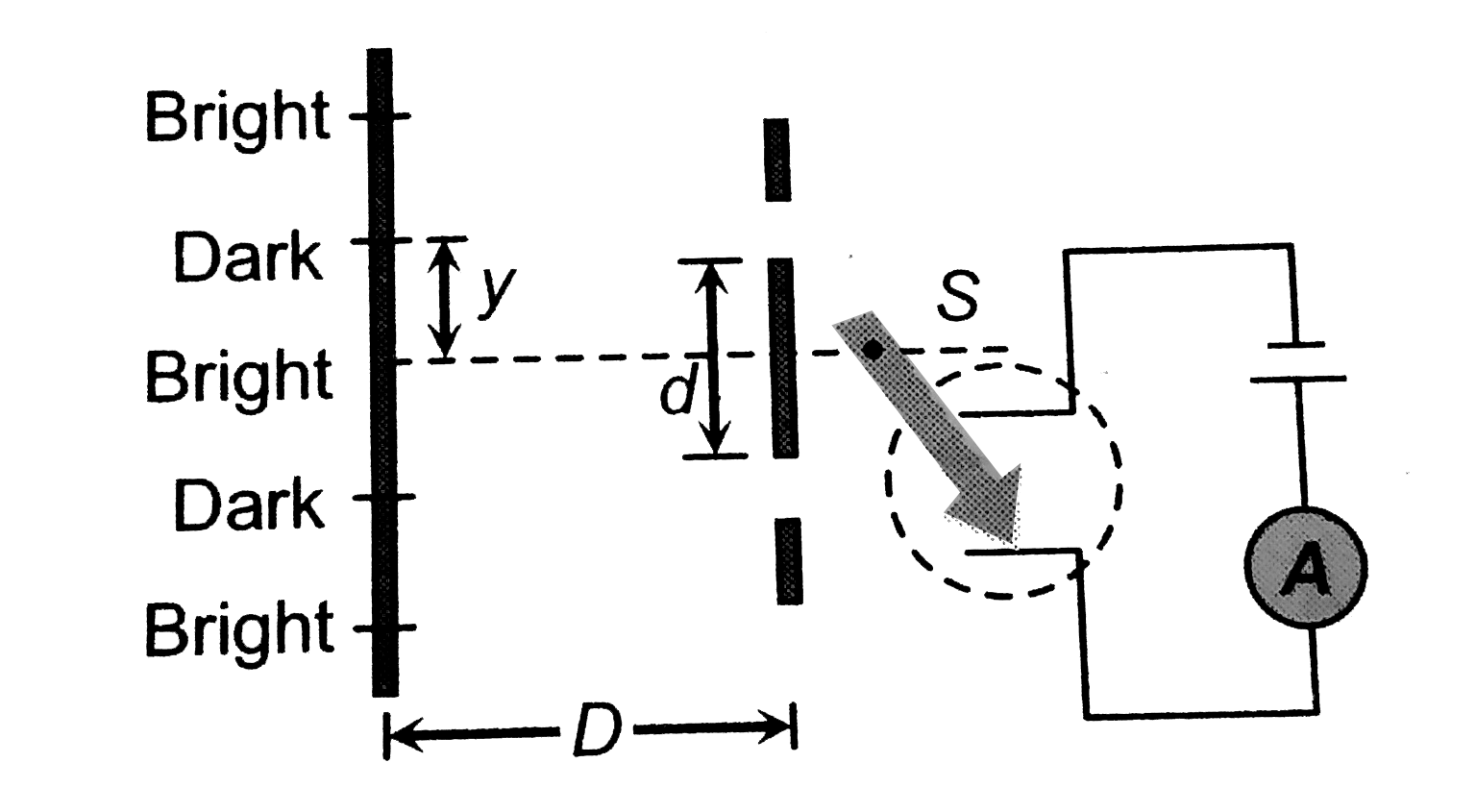R=(65±1)ohm , l=(5±0.1)mm and
d=(10±0.5)mm.Find error in claculation of resistivity.
0.21
0.13
0.16
0.41
The correct Answer is:B
To find the error in the calculation of resistivity given the resistance, length, and diameter with their respective uncertainties, we can follow these steps:
Step 1: Understand the formula for resistivity
The resistivity ρ can be expressed in terms of resistance R, length L, and diameter D:
ρ=R⋅π(D2)24L
This can be simplified to:
ρ=πD2R16L
Step 2: Identify the variables and their uncertainties
Given:
- R=65±1Ω
- L=5±0.1mm (convert to meters: 5mm=0.005m)
- D=10±0.5mm (convert to meters: 10mm=0.01m)
Step 3: Calculate the relative error in resistivity
The relative error in resistivity can be calculated using the formula:
Δρρ=ΔRR+2⋅ΔDD+ΔLL
Step 4: Substitute the values into the formula
1. Calculate ΔR/R:
ΔRR=165≈0.01538
2. Calculate ΔD/D:
ΔDD=0.510=0.05
Therefore, 2⋅ΔDD=2⋅0.05=0.1
3. Calculate ΔL/L:
ΔLL=0.15=0.02
Step 5: Combine the relative errors
Now, sum the relative errors:
Δρρ=0.01538+0.1+0.02=0.13538≈0.135
Step 6: Conclusion
The relative error in the resistivity calculation is approximately 0.135 or 13.5%.
The resistivity ρ can be expressed in terms of resistance R, length L, and diameter D:
ρ=R⋅π(D2)24L
This can be simplified to:
ρ=πD2R16L
Given:
- R=65±1Ω
- L=5±0.1mm (convert to meters: 5mm=0.005m)
- D=10±0.5mm (convert to meters: 10mm=0.01m)
The relative error in resistivity can be calculated using the formula:
Δρρ=ΔRR+2⋅ΔDD+ΔLL
1. Calculate ΔR/R:
ΔRR=165≈0.01538
ΔDD=0.510=0.05
Therefore, 2⋅ΔDD=2⋅0.05=0.1
ΔLL=0.15=0.02
Now, sum the relative errors:
Δρρ=0.01538+0.1+0.02=0.13538≈0.135
The relative error in the resistivity calculation is approximately 0.135 or 13.5%.
Topper's Solved these Questions
- SOLVD PAPERS 2017 NEET, AIIMS & JIPMERBOOK - DC PANDEY ENGLISHCHAPTER - SOLVD PAPERS 2017 NEET, AIIMS & JIPMEREXERCISE - Solved paper 2018(AIIMS)
28 Videos
- SIMPLE HARMONIC MOTIONBOOK - DC PANDEY ENGLISHCHAPTER - SIMPLE HARMONIC MOTIONEXERCISE - Integer type questions
14 Videos
- SOUND WAVESBOOK - DC PANDEY ENGLISHCHAPTER - SOUND WAVESEXERCISE - Exercise 19.7
4 Videos
Similar Questions
In the following arrangement y=1.0mm,d=0.24mm and D=1.2m. The work function of the material of the emitter is 2.2eV. The stopping potential V needed to stop the photo current will be

View SolutionThe resistance R=VI, where V=(100±5.0)V and I=(10±0.2)A. Find the percentage error in R.
View SolutionThe resistance R=VI, where V=(100±5.0)V and I=(10±0.2)A. Find the percentage error in R.
View SolutionThe resistance R=VI, where V=(100±5.0)V and I=(10±0.2)A. Find the percentage error in R.
View SolutionA wire of resistance R=100.0Ω and length l=50.0cm is put between the jaws of screw gauge Its reading is shown in Pitch of the scregauge is 0.5mm and there are 50 division on circular scale Find its resistivity in correct significant and maximum permissible error in p (resistivity) .
View SolutionThe specific resistance ρ of a circular wire of radius r, resistance R, and length l is given by ρ=πr2R/l. Given : r=0.24±0.02cm,R=30±1Ω , and l=4.80±0.01cm. The percentage error in ρ is nearly
View SolutionA wire has a mass (0.3+0.003) gm, radius (0.5+0.005) mm and length (0.6+0.006) cm. The maximum percentage error in the measurement of density is
View SolutionA wire has a mass (0.3±0.003)g, radius (0.5±0.005)mm and length (6±0.06)cm. The maximum percentage error in the measurement of its density is
View SolutionIf the measured value of resistance R=1.05Ω, wire diameter d=0.60mm , and length l=75.3cm, then find the maximum permissible error in resistivity ,
ρ=R(πd2/4)l.
View SolutionA wire of length 1 m and radius 0.1mm has a resistance of 100(Ω).Find the resistivity of the material .
View Solution
